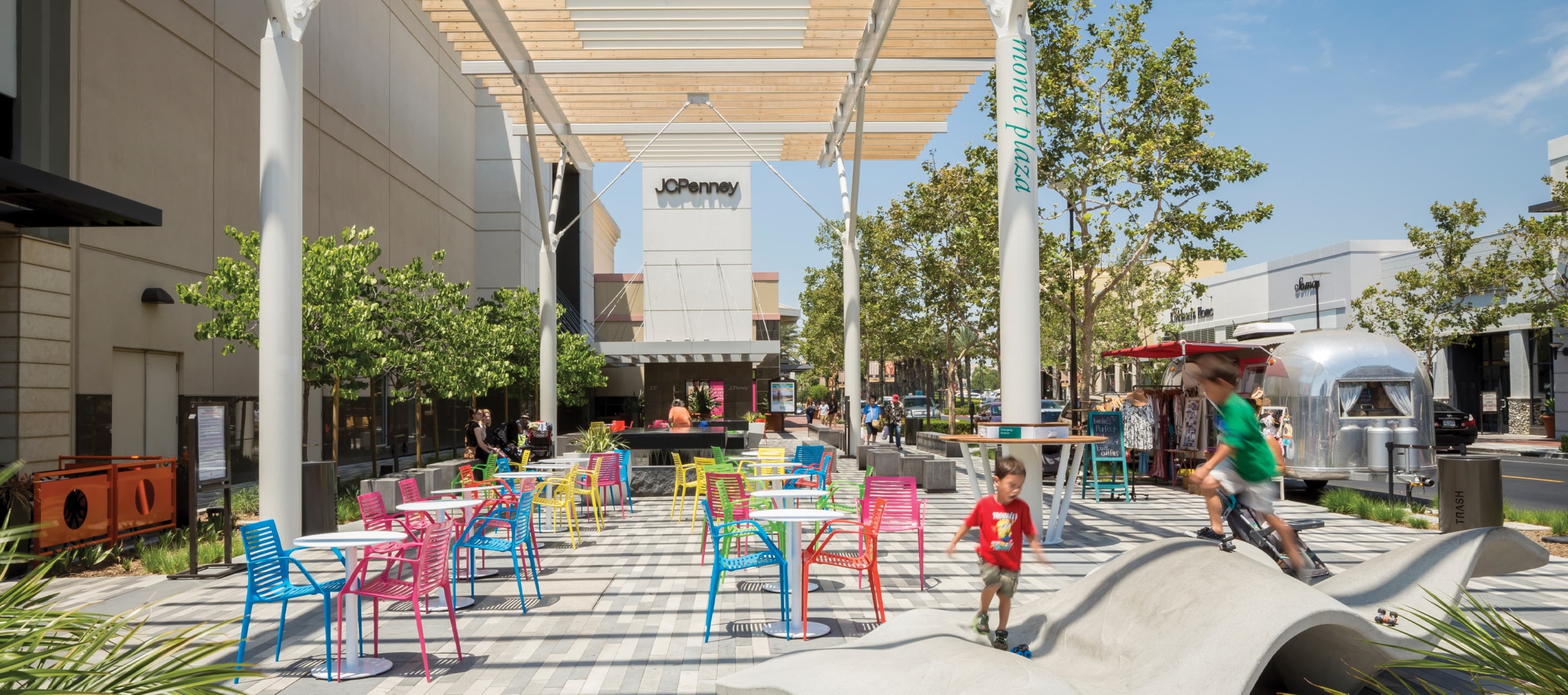No urban development without placemaking. It has gained a permanent place in the development process in recent years. A big win for all city makers and a victory for participation and co-creation, you would think. But that just all depends. After all, it is mainly a matter of definition.
Although it is a relatively young discipline in the Netherlands, placemaking is certainly not new. It originated in New York as early as the 1960s. Anyone inspired by the ideas of urban activist Jane Jacobs or the projects of the organisation Project for Public Spaces will describe placemaking as an approach aimed at actively involving residents, entrepreneurs, visitors and other stakeholders in making ‘their’ place better.
Giving these people the leading role in the improvement process creates a place with its own clear identity and added value. They will therefore want to keep coming and contribute to it themselves. In the early days, residents regularly took to the streets with pots of paint to claim more space for pedestrians in car-dominated American cities. At the heart of placemaking is co-creation. Power to the People!
But that is not necessarily the Dutch approach it seems. If you ask an average area developer what is meant by placemaking, you will get an answer along the lines of: ‘showing in advance that it will be a pleasant place’, ‘putting the site on the mental map’ or even ‘getting future home buyers interested’. Placemaking activities range from festivals and events to cultural hotspots, restaurants, vegetable gardens and sports fields. Often conceived during an internal brainstorming session or developed by a hired agency, as part of the overall area marketing strategy. These are also usually temporary initiatives, which must disappear when the next phase in the development process begins. Of course, the neighbourhood may visit and participate in these activities. But their role is largely limited to consuming activities not of their own creation.

Is this placemaking? Jane Jacobs would be shaking her head, I suspect. But is it bad or undesirable? No, not that either. Because these initiatives are often successful, often involve local entrepreneurs and are appreciated by local residents. But, let’s face it, co-creation is anything but. Nor is it Power to the People.
So it is mainly the definition used that leads to confusion. And to disappointments in terms of participation and co-creation between parties who unknowingly have a different understanding of the concept. Actually, we can no longer call this second variant ‘placemaking’. After all, that concept was given a different interpretation decades ago.
This second variant needs its own name. For this, what if we simply turn things around to ‘making the place’? Because that is literally what is happening: ‘making’ a place, just as an artist or a song can be ‘made’ by marketers, radio DJs and managers. Describing something along the lines of: ‘all activities – undertaken by the developer or owner – to make a place better known, more attractive or better, and in which residents, entrepreneurs and neighbourhood initiatives can participate during and after realisation’.
Clearly stating at the start of a development process to all parties involved whether you want to engage in ‘placemaking’ or ‘making the place’ solves a lot of miscommunication. And perhaps, Jane is happy again.
This column was published in July 2022 on Gebiedsontwikkeling.nu